

William Stopford
The cars axed in 2025 that we'll miss the most
15 Hours Ago
The mid-grade Tucson Elite trim underpinned with the high-spec diesel powertrain makes for a compelling combination.
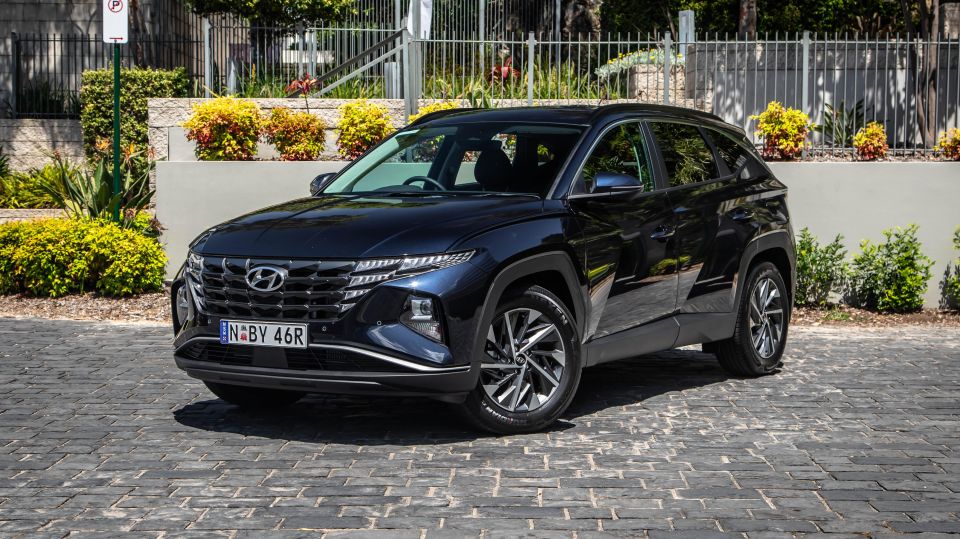
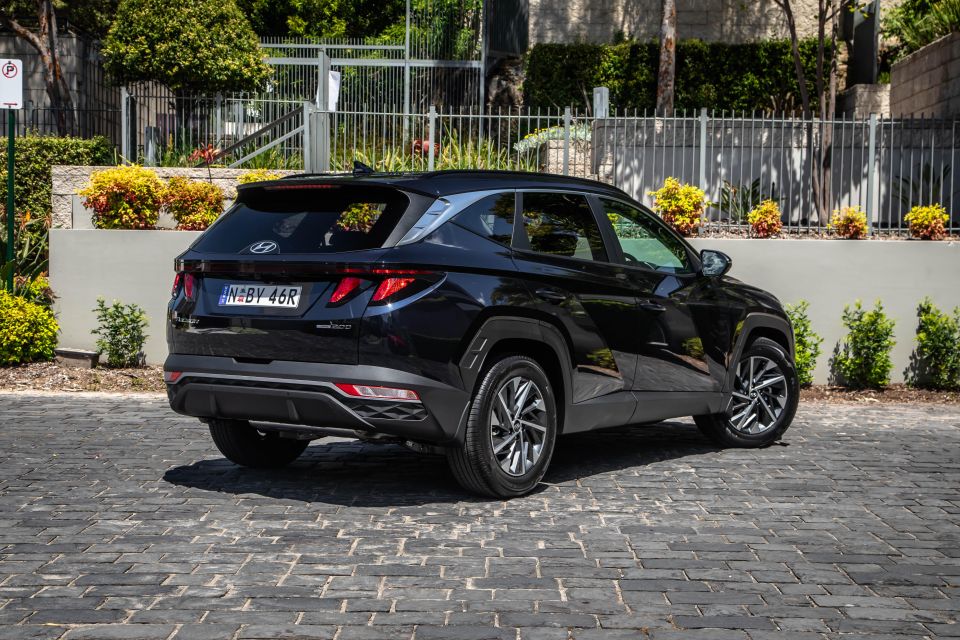

Journalist
New from
$29,640
excl. on-roads

Journalist
New from
$29,640
excl. on-roads


Journalist
New from
$29,640
excl. on-roads

Journalist
New from
$29,640
excl. on-roads
Quickly see how this car stacks up against its competition. Select any benchmark to see more details.
Where expert car reviews meet expert car buying – CarExpert gives you trusted advice, personalised service and real savings on your next new car.
Option paralysis. An overabundance of choice will stop you in your tracks, as a good many prospective Hyundai Tucson owners may well know.
At last count, there are 14 different variants to choose from, split by three powertrains and three trim level before you wonder whether or not you want N Line accoutrement with any combination, essentially doubling your options. Nor does being familiar with old generation Tucson help much, as eight variants of the vastly reimagined MY21 replacement are new additions.
Surely something for everyone, then.

Here on test is the Elite – though one of six Elites in current fold – in turbo-diesel form that, to make life slightly simpler, can only be had in all-wheel drive. It’s the non-N Line version.
A cursory glance through the last eight times we’ve reviewed the new-gen Tucson, including a hybrid version outside the formative 14 variants, reveals that is the first appraisal of any oiler to date.
So who does Elite 2.0D AWD best target? The trim is aimed at those who want niceties without too much unnecessary frills.

And the powertrain is glove fit for regional buyers keen to clock up long kilometres without excessive fuel costs and who want or need all-paw flexibility to best frequent broken and compromised surfaces with. If not exclusively. City slickers, such as yours truly, just like a good, torquey diesel.
We’ve poured over the new Tucson make-up, in matter and in design, extensively to date. And given you’ve made it this far into the review we’ll presume you like the cut of its forward-thinking jib.
So let’s dive into specifics around the mid-grade diesel, if it fits the bill one presumes it should, and whether it’s worth a look in as a neat-fit variant if you’re perusing the wider range.
Our test subject clocks in at $45,000 before on-roads, launched effectively $1500 up on the old-generation version it effectively replaces. It works out to a little under $50k driveaway, sans cost-optional paintwork ($595) as featured on our Deep Sea blue version.
It sits seven rungs up on the wider Tucson range that starts from $34,500 (base 2.0 petrol) and tops out at $53,000 (Highlander N Line 2.0D AWD). Right off the bat, our test car offers the exact same underpinnings as the ultimate version, for a cool $8000 less outlay.
The turbo-petrol 1.6 AWD alternative saves $2000 and the naturally-aspirated 2.0L petrol a further $2000. Conversely, you’ll need an extra $2000 to add N Line whichever way you go, a suite that brings a sporty body kit and spoiler, larger 19-inch wheels, 10.25-inch digital instrumentation, N Line steering wheel and shifter, LED lighting with high-beam assist, and suede/leather combination trim.
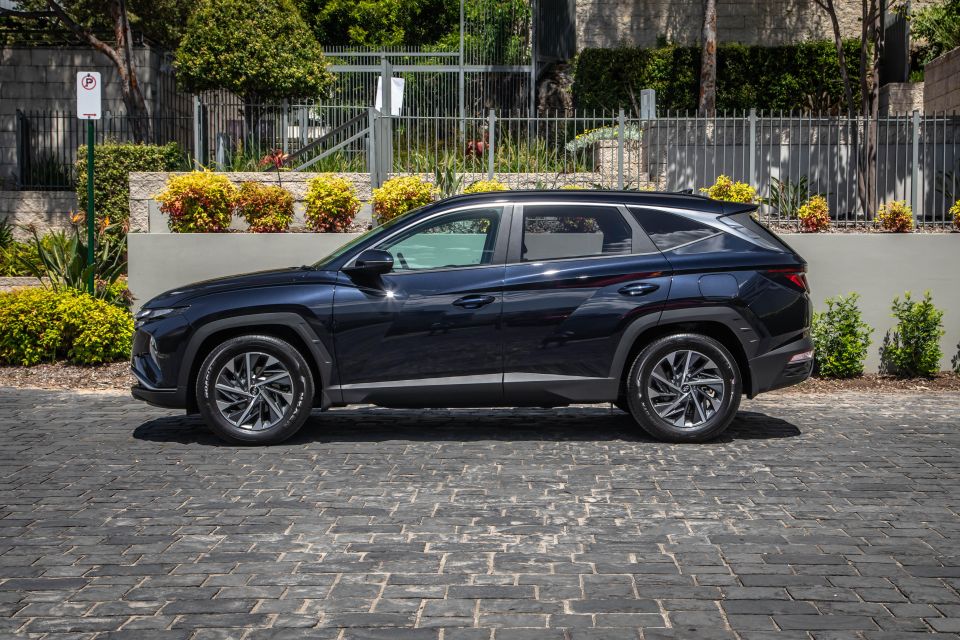
Viewed from a position of ‘tuning’ your Tucson up and down in $2000 increments for the desired spec, suddenly there’s more clarity and less option paralysis in viewing the burgeoning range.
On list price, logical mid-sized SUV competitors include the technically-related new-gen Kia Sportage SX+ ($46,900) and Mazda CX-5 Touring Diesel ($44,280). The Volkswagen Tiguan 147 TDI Elegance is, at $52,290 list, a little out of Elite and more into the Highlander shooting range.
Your options expand greatly when cross-shopping for petrol alternatives but, well, given the plethora of petrol choice in Tucson you’ve obviously specifically targeting diesel power.
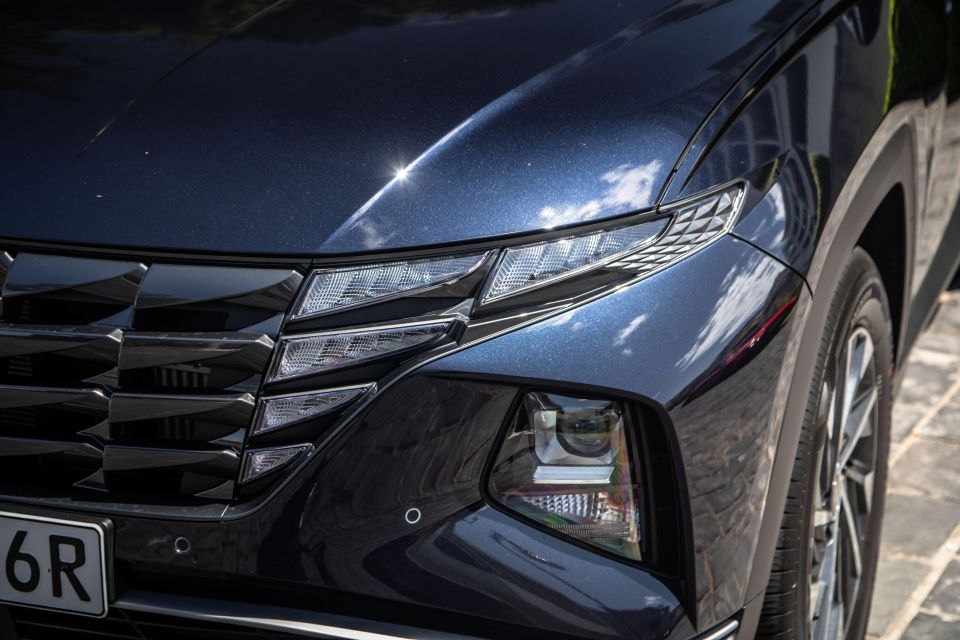
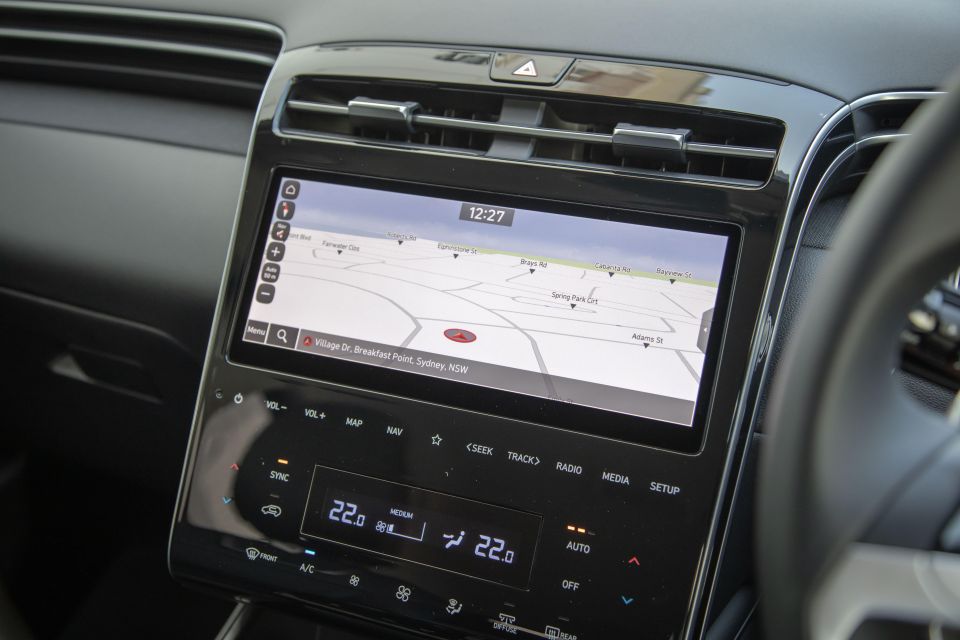
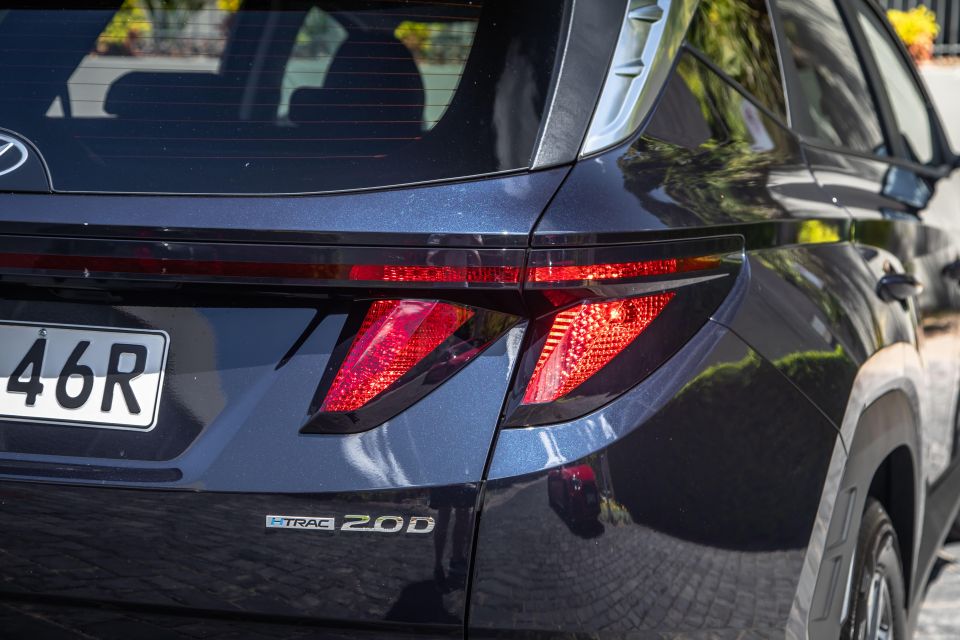
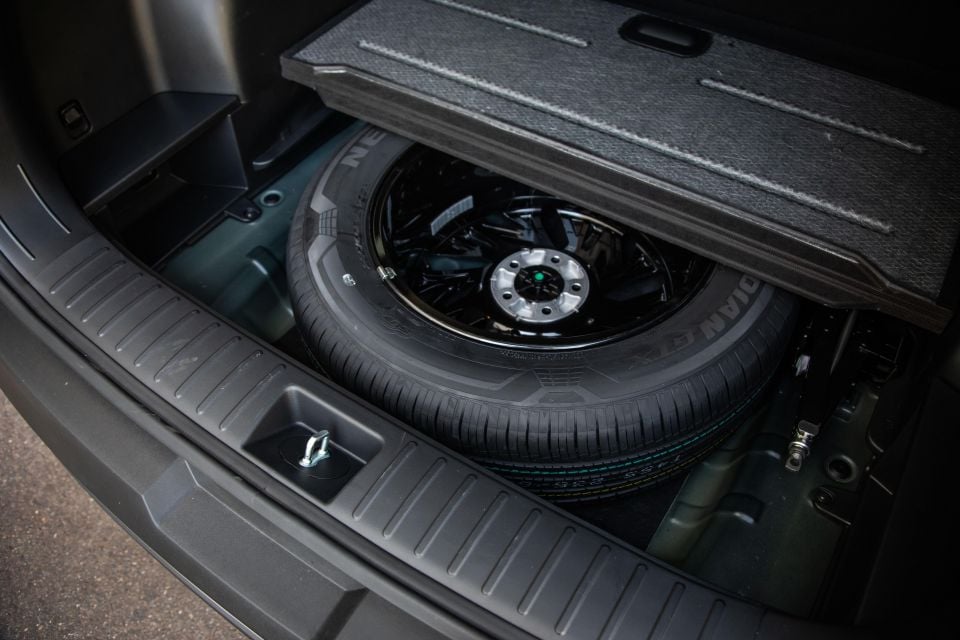
Buy your new car without the stress. It's fast, simple and completely free.

Great service from Travis and team, second time I have used this business would not hesitate to recommend them to anyone
Craig C.
Purchased a Ford Ranger in Sunshine Coast, QLD
CarExpert helped Craig save thousands on his Ford Ranger, now let us save you on your next new car.
Find a dealTucson Elite highlights:
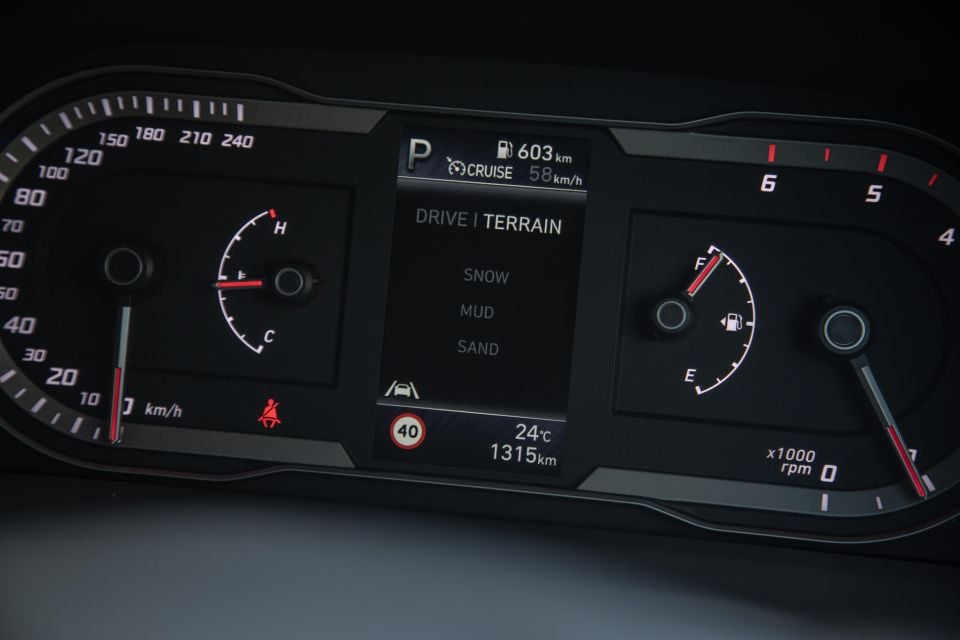
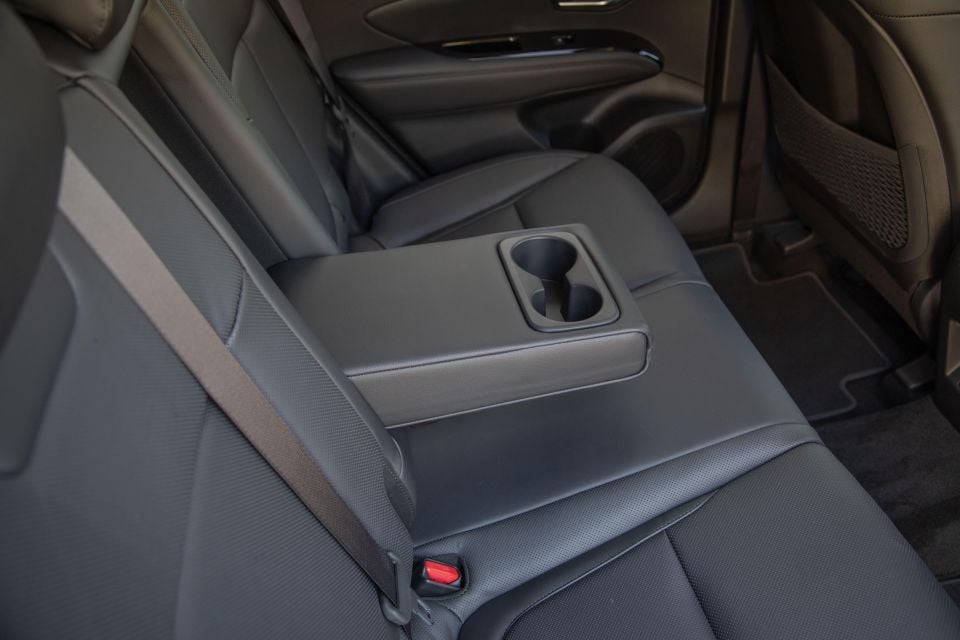
Carryover features from the base Tucson include:
As we’ve outlined in reviews of Tucson Elite in the past, the slap is the absence of LED headlights and tail lights, the latter of which in particular ought to be standard fitment on a SUV at this price point.
Of course, they do come as part of the two-grand-optional N Line pack (outlined above) that Hyundai had predicted will be a box at least 50 per cent of buyers are likely to tick.
A full-sized spare wheel is fitted as standard.

The Hyundai Tucson line-up recently received a five-star ANCAP safety rating based on tests carried out by Euro NCAP on the short-wheelbase model available in Europe.
It received an adult occupant protection score of 86 per cent, a child occupant protection score of 87 per cent, a vulnerable road user protection score of 66 per cent, and a safety assist score of 70 per cent
All Tucson models come equipped with the following safety features:
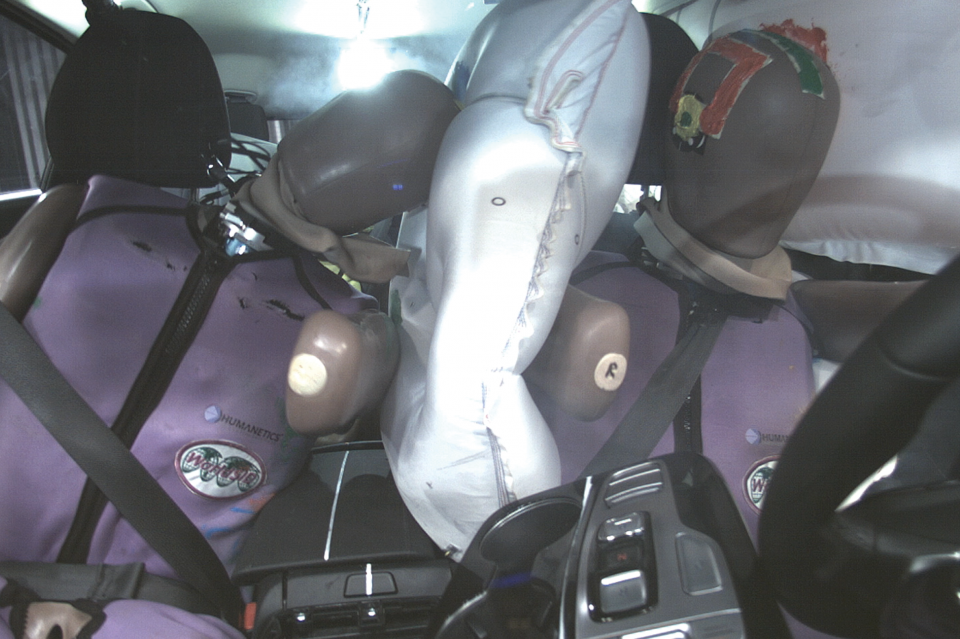
There’s also seven airbags (dual front, front side and side curtain + front-centre) and tyre pressure monitoring across the range, while Elite variants and above score front and rear parking sensors (base gets rear only).
Something of a recurring theme in Hyundai’s model ranges, you need to step up to the Highlander version to add surround view monitor, the nifty camera-based Blind Spot View Monitor system and reverse AEB, though it will autonomously brake if it senses a potential rear-cross traffic collision.
Further, the blind spot detection system will also intervene with steering assistance to avoid collisions with adjacent vehicles.
Another neat feature is the Rear Occupant Alert Advanced. Rather than usual ‘check the rear seat’ warning on shutdown, this up-spec version monitors the second row after the engine has shut down and the doors are locked, triggering an audible warning if movement is detected. Nice.
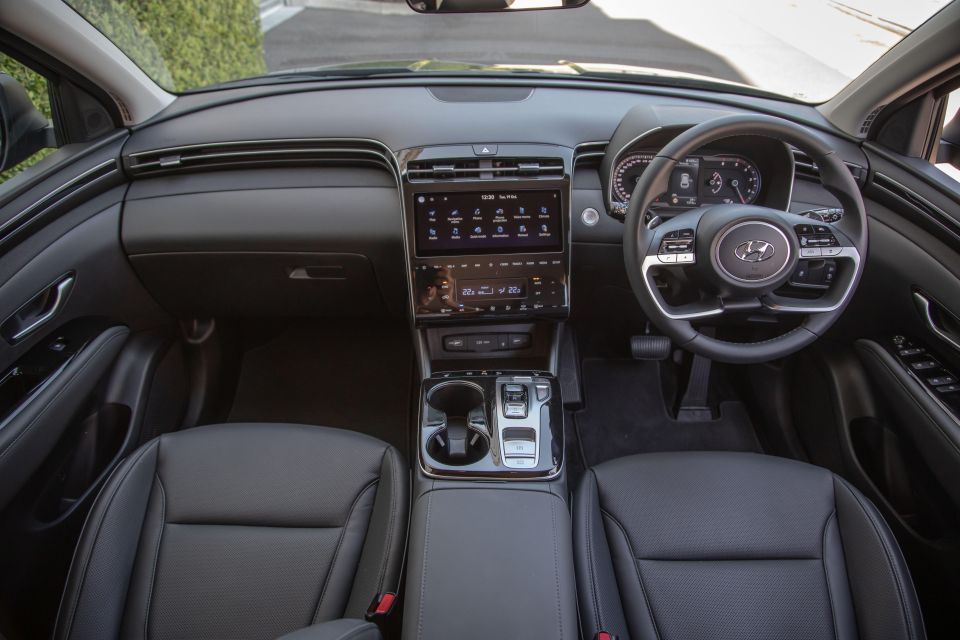
The fundamental cabin design is a real winner: fresh, contemporary, intuitive and neatly presented. It’s a real step forward for the Tucson nameplate.
In Highlander spec with N Line package, the Tucson is an absolute knockout and nudges stablemate Genesis for slickness and premium ambience. Here, in regular Elite, it’s less rave-worthy, with its analogue instrumentation and more austere dark grey theme, if still very fetching and nicely presented for the sort of money it wants for.
Again, the extra feel-good effect of the optional N Line accoutrement will be, for many buyers, difficult to resist to breathe more sense of occasion into the cabin.
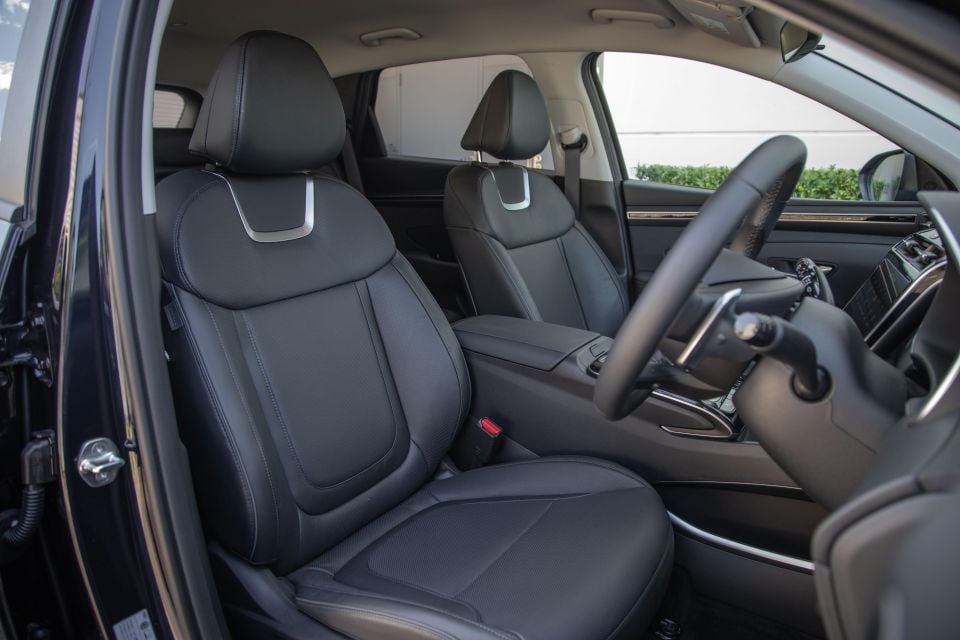

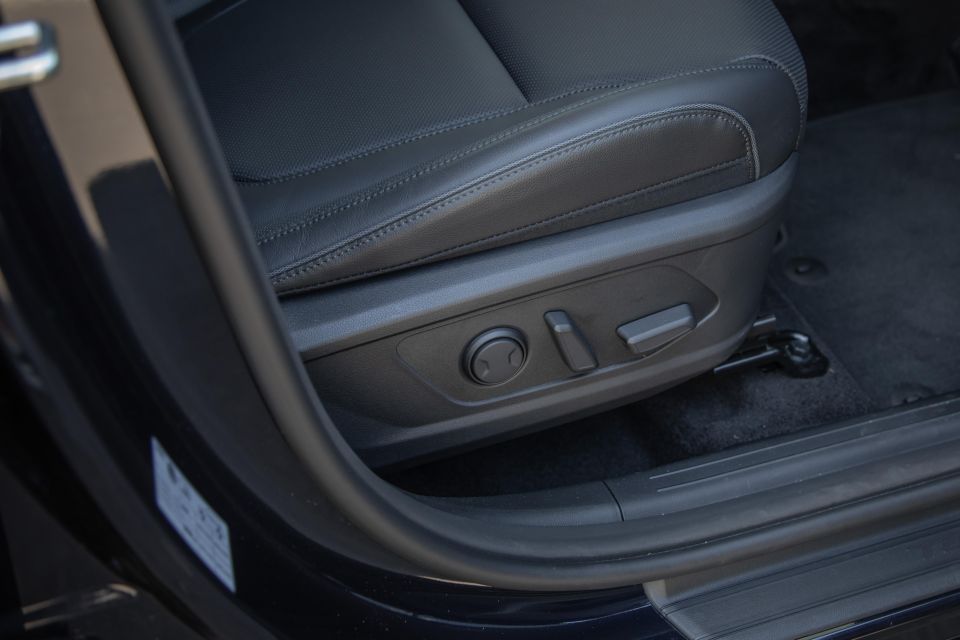

The dual-arc theme, with its wraparound horizontal character line and proud central stack, as well as Hyundai’s new family steering wheel, are inspired without seeming pretentious or contrived.
It’s really refreshing to see a carmaker explore adventurous design without obviously photocopying from a premium German marque – a great example of Korea really upping its game.
In material richness it’s about what you’d expect from a mainstream mid-spec model variant, though there’s plenty of solidity and quality in the switchgear and surfaces, particularly the touch capacitive switches the Tucson sprinkles around more liberally than some of its stablemates.
There’s a lot of piano black, much of it prone to conspicuous finger smudges, some of it blindingly reflective when hit with direct sunlight.

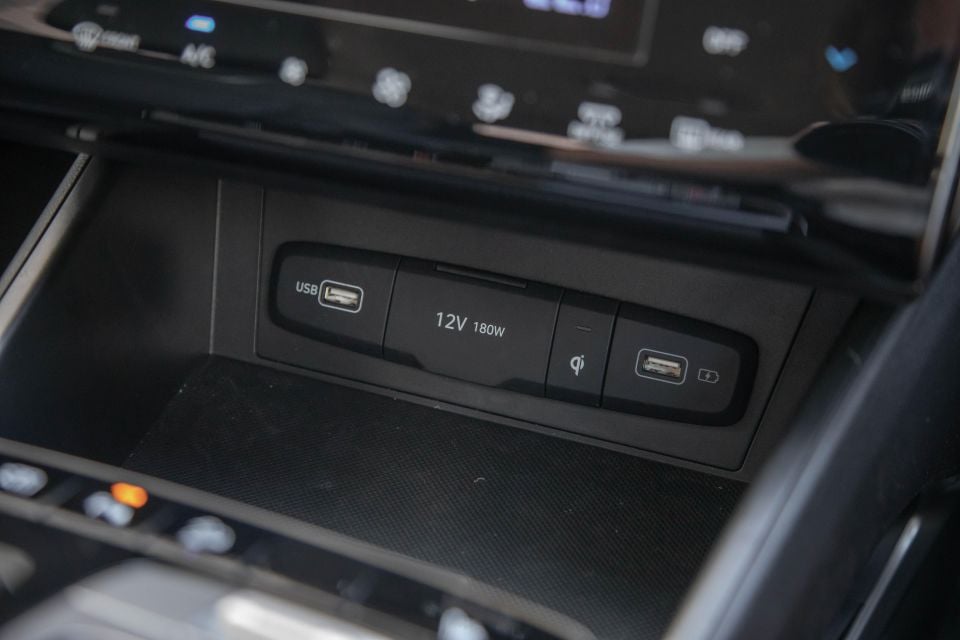


The 10.25-inch touchscreen is neatly integrated, conveniently situated, and is typical of contemporary Korean stock in that it looks colourful yet clean and crisp, is neatly upmarket and quick in response. The navigation system is decent, the quality of the audio punches well above its weight, and both smartphone mirroring and Bluetooth streaming is well sorted, even if, as we’ve reported in the past, the Android Auto mirroring takes up a seemingly reduced portion of the display screen.
Inductive phone charging, two USB-A ports, a 12-volt outlet and dual cupholders are all logically arranged and there’s nothing strange or quirky about the general feature layout.
Storage is decent if unremarkable, but some of that is perhaps in effort to maintain what is a somewhat unfussed and airy ambience.
Speaking of air, the Elite (and Highlander) features a neat Multi-Air mode in its climate control that diffuses the air throughout various cabin vents as an option from purely blasting directional hot or cold air from localised vents. Neat.
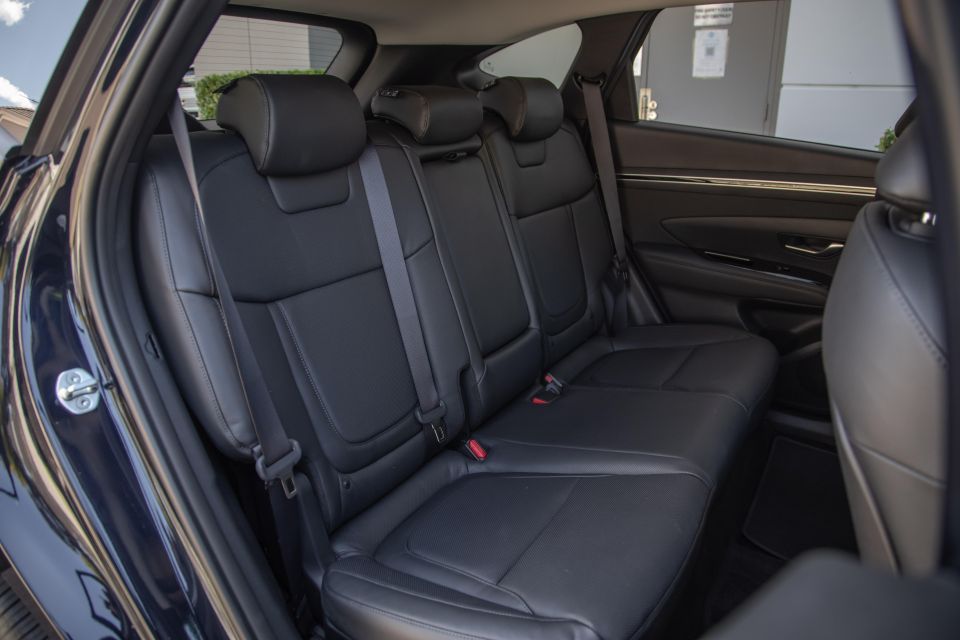
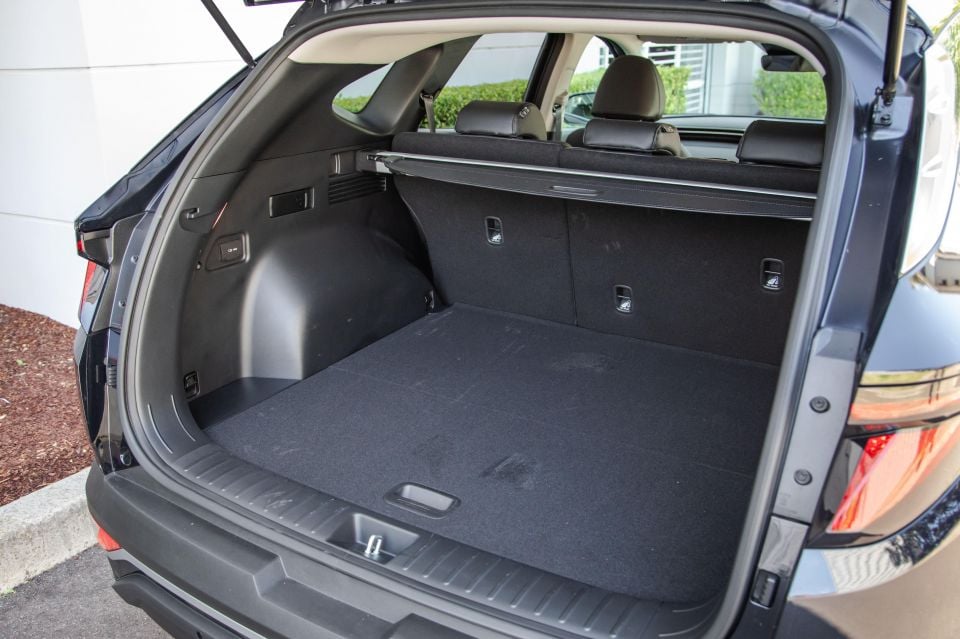

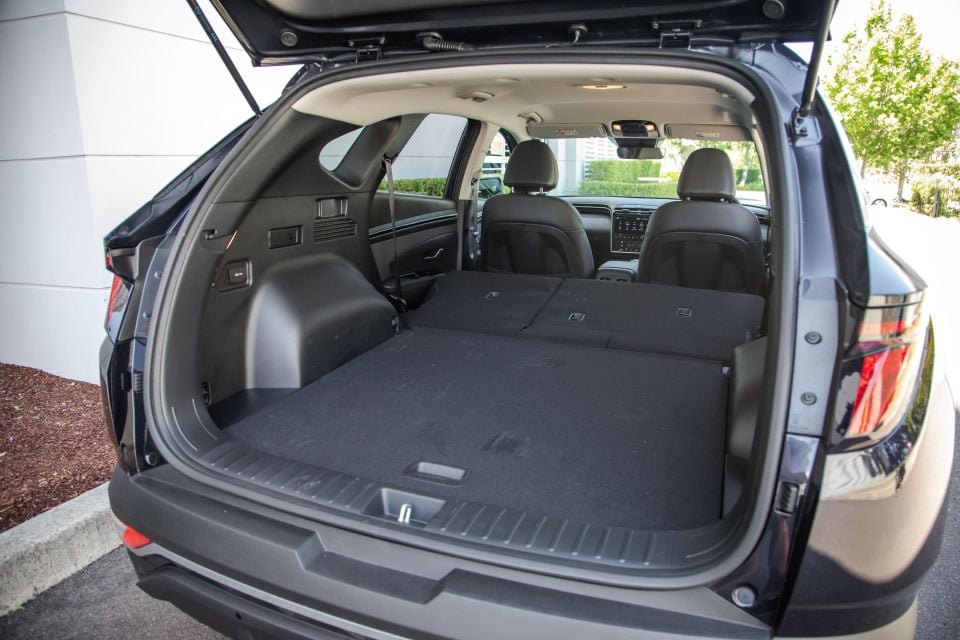
The Tucson’s growth spurt, by an extra 8.5cm of wheelbase, has paid handsome dividends when it comes to rear accommodation. Legroom is very generous, making the mid-sized Hyundai and compelling choice if you regularly shuffle around four adults, or sit larger kids in the back.
Row two is well featured, with rear air vents, dual USB-A ports, a fold-down armrest and bottle holders in the doors. ISOFIX mounts in the outboard locations and top-tether anchor points are catered for.
The smart packaging extends through to the luggage space. It fits a full-sized spare under the floor and yet still offers an impressive 539 litres of space with the rear 40:60-split-fold seating in play. Dropping the seat backs, with neat one-button actuation, liberates a highly useable 1860L with a reasonably flat load area.
Smart, neat, roomy, appealing. Tucson’s interior is a standout, even in this mid-grade fit-out.
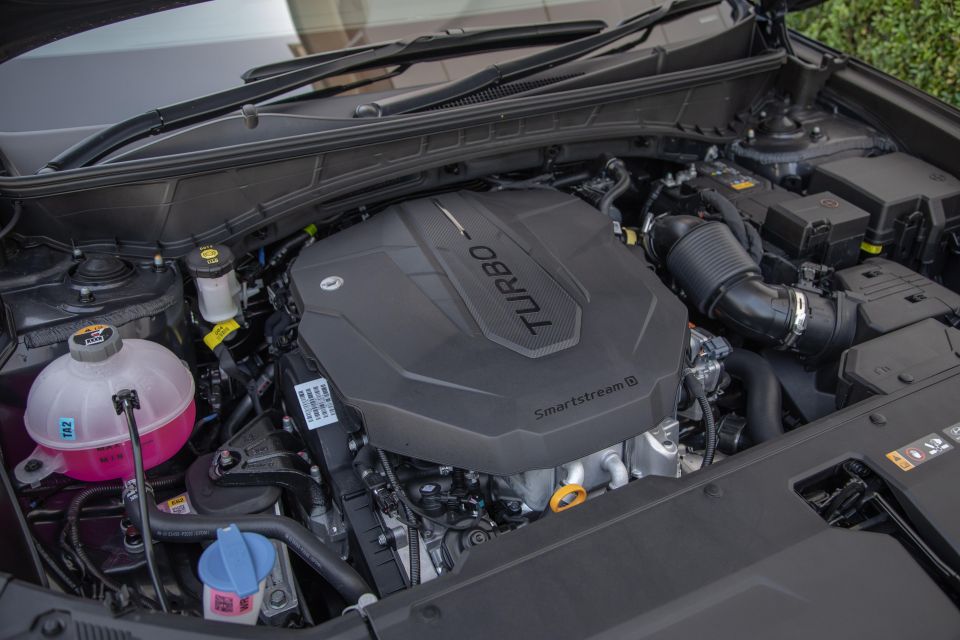
As the premier powertrain choice, this combination is a marriage of a 2.0-litre four cylinder common-rail turbo-diesel and an eight-speed conventional automatic, paired with an on-demand all-wheel-drive system that’s predominantly front-drive until the rear axle is called into play when slip is detected.
The auto is shift-by-wire control, featuring push-button actuation in the cabin, and paddle-shifters are fitted for manual ratio selection. Engine outputs are rated at 137kW (4000rpm) and a meaty 416Nm (2000-2750rpm).
Exclusive to the diesel version of Tucson is Multi-Terrain Mode, which allow user-selectable Snow, Mud and Sand calibrations for the all-wheel-drive system system. All-wheel-drive Tucsons also add an extra, driver-adaptive Smart mode to the usual Eco, Normal and Sport drive mode selection.
Advertised fuel consumption is 6.3L/100km combined, predictably superior to that of the 1.6T (7.6L/100km) and 2.0L petrol (8.1L/100km). During our week with the Elite diesel, it returned a favourable seven-litre average for what was largely urban-cycle driving.
It fits independent suspension and all-wheel disc brakes, with 1900kg of braked towing capacity and, for the record, a 100kg roof rack load limit.
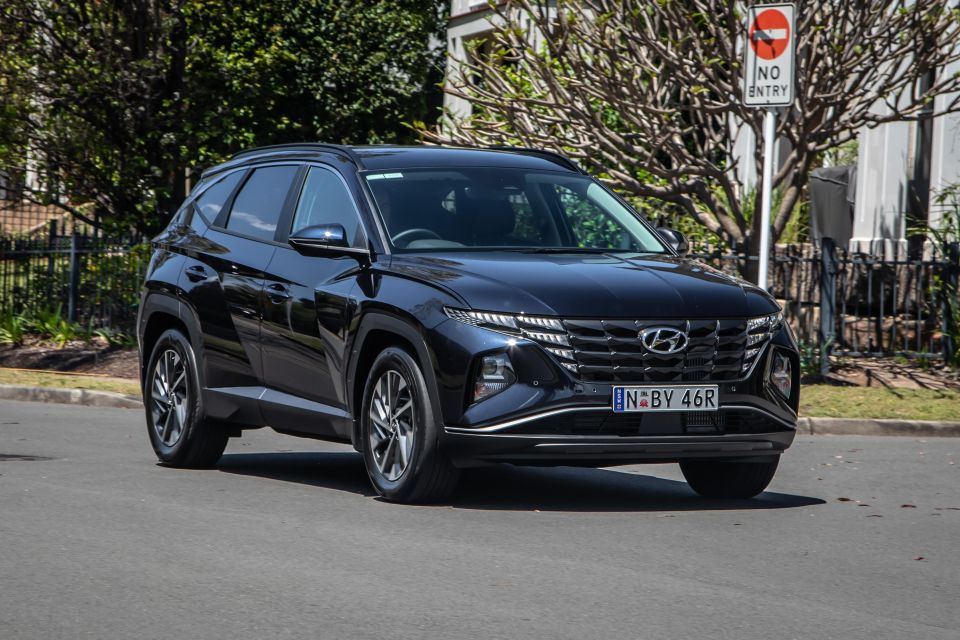
Where expert car reviews meet expert car buying – CarExpert gives you trusted advice, personalised service and real savings on your next new car.
The 2.0-litre diesel driveline is everything it needs to be. And then some.
First up, there’s no need to worry about annoying diesel rattle. There is, virtually, none. In fact the engine is so smooth and refined at a leisurely clip that on setting for in a maiden voyage I almost stopped to double check I hadn’t picked up a petrol version by mistake.
That said, its diesel-ness is clear just by how much torque it plies quickly and effortlessly. One-up around town, the oiler barely feels to need to head north of about 2500rpm because it doesn’t really need to.
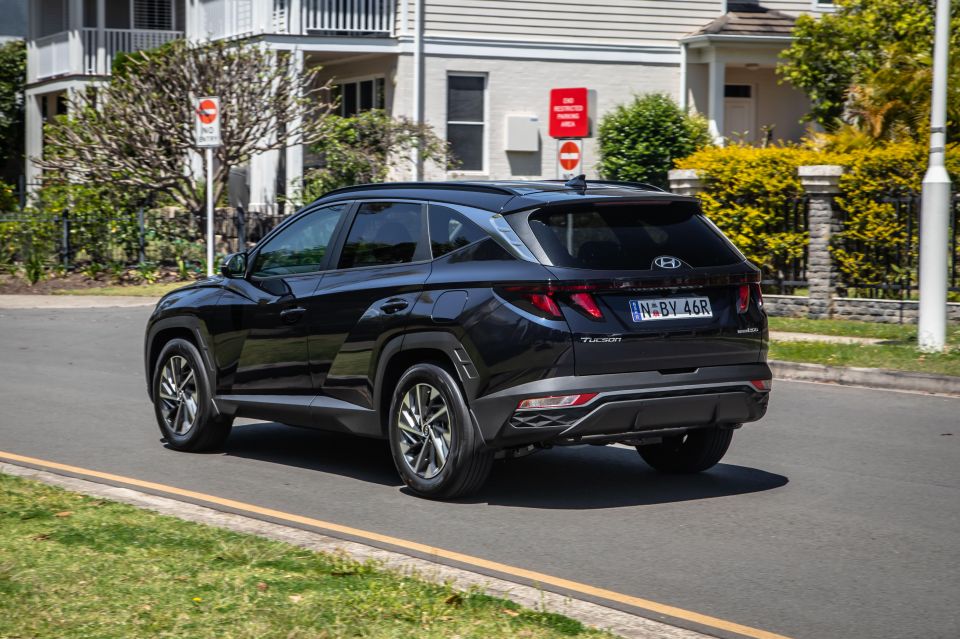
In fact, it demanded stomping on the loud pedal from a standstill to even gauge whether the unit would actually climb to, and beyond, its 4000rpm power peak and demonstrated 4500rpm redline. It only delivered the feat once as it was only called upon under maximum duress.
Better still, the diesel is the sole recipient in range of a proper eight-speed torque-converter automatic, rather than the seven-ratio dual-clutch auto used in the turbo petrol. It proves a sweet and intuitive shifter, plucking the best out of the diesel’s narrow, 2000rpm-band sweet spot whether you’re on the march or doing a three-point turn.
There is a Sport mode – don’t bother. The engine doesn’t need any extra awakening on the balance of normal driving, you’ll probably chip away harder at the fuel tank unnecessarily, and it also brings an unnatural layer of heaviness to the steering that doesn’t really have a place in an SUV.
Where the base 2.0-litre petrol engine remains the perennial struggler and the 1.6L turbo/dual-clutch option has the occasional light-switch like driveability, it’s little wonder the remarkably refined diesel is positioned as the tree-topping option. And, for your author’s money, it’s the easy pick of the mechanical litter.
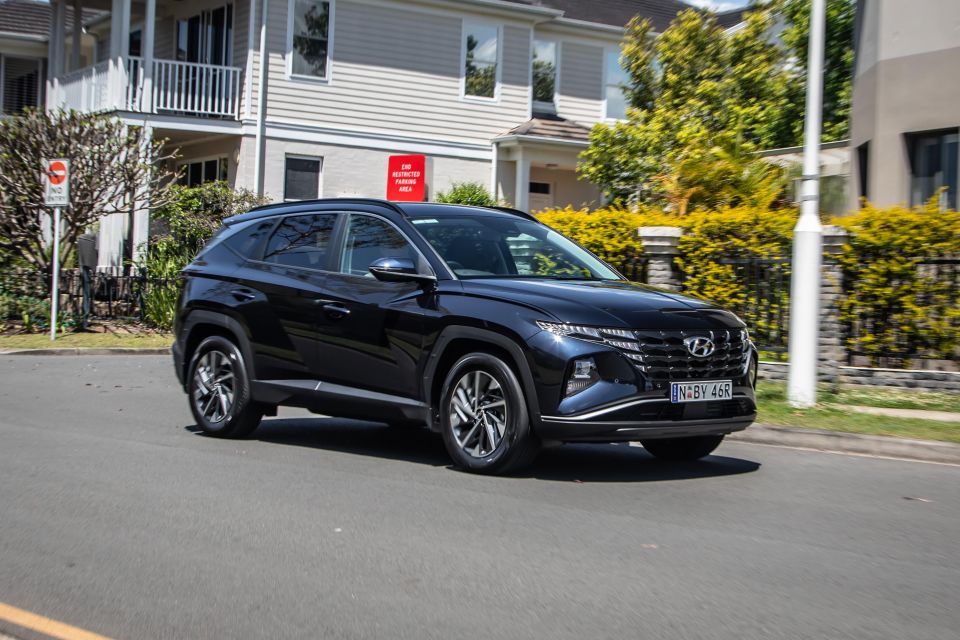
The all-paw system is on-demand. Plonked in an urban environment – and one bereft of adverse weather or slippery conditions during our week-long test – I doubt the rear wheels ever weighed into the task of forward motion. The surety of it is, to a degree, comforting, though the jury is out on its actual performance on dirt, gravel or anything else regional owners might encounter on a frequent basis.
The ride and handling balance is middling and nicely struck. Despite the large rolling stock, the tyres are quiet and the primary ride quality is amply pliant. There’s no jarring or anything untoward over sharp edges and speed bumps. You really need to drop a wheel into a pothole or rut to feel anything like jarring through the cabin.
Better still, the suspension is quiet and there’s not much tyre or wind noise out on the open road. In terms of overall polish, it’s the sort of quality you pay handsomely for in premium-badged machinery, and at least on par with some German SUVs I’ve driven lately. Sport mode notwithstanding, the steering is also crisp, light and direct – it’s an easy thing to commute about in.
If there one blot to the on-road experience it’s the heavy-handed calibration of the active lane following system, which one vividly imagines wasn’t calibrated for local urban conditions. It’s no better or worse than anything else in Hyundai’s stable right now, but constantly pressing the button on the steering wheel to switch it off after every restart does become tiresome.
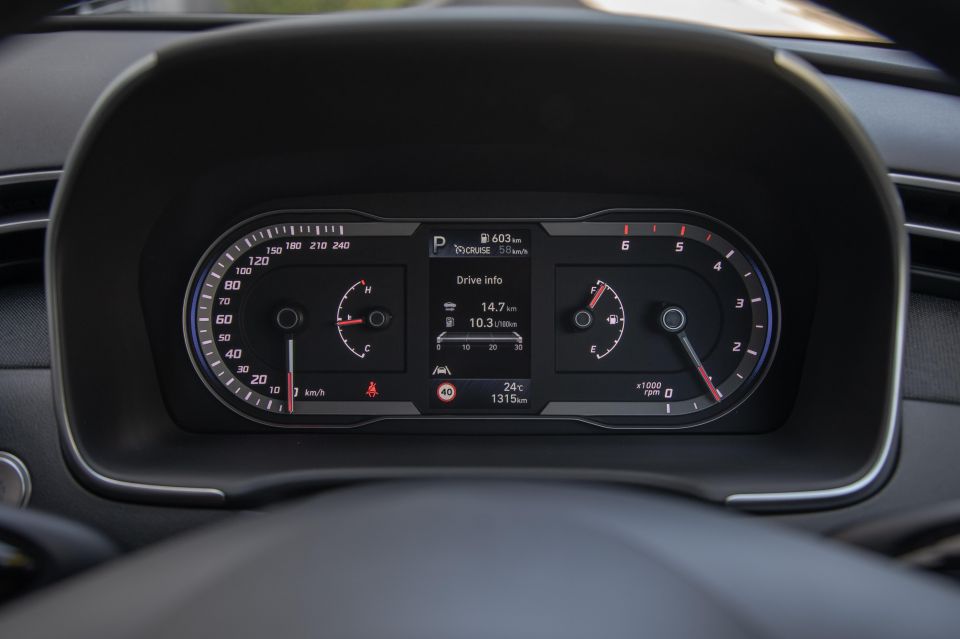
The Tucson range is covered by Hyundai’s five-year, unlimited-kilometre warranty.
The good news is that it demands servicing every 12 months or 15,000km, not the shorter 10,000km intervals of the 1.6 turbo versions.
The not-so-good news is that, at $375 a pop, the oiler is more expensive per visit than what it costs to service either petrol format ($319).
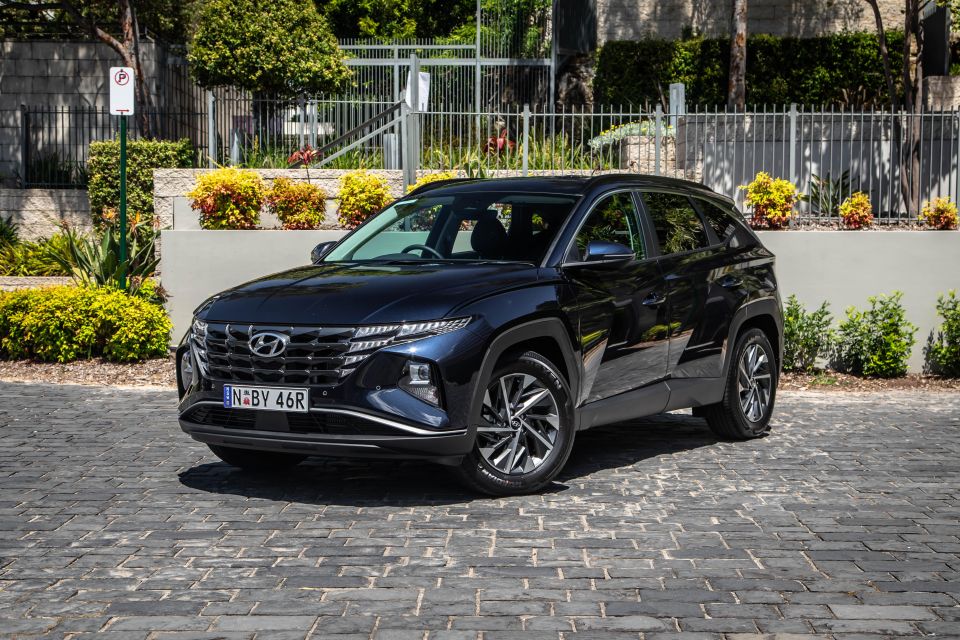
The Elite diesel is good. Really good.
Importantly, the classiness and effortlessness of the oiler and its conventional auto pretty much fixes the one area in the on-road experience that demanded attention in the new Tucson.
Is it worth the extra dough? In comfort and refinement measures, it is. And the saving in fuel cost will, over time, offset the differential particularly for regional owners who clock up a lot of kays outside of a stop-start urban environment.
The Elite trim, too, befits the upmarket vibe delivered by the underpinnings. And in many ways this version could be viewed as the sweet spot in the range, even if the added N Line jewelry is an enticing enough extra splurge to put the icing on an already satisfyingly tasty cake.
It comes highly recommended. And a no-brainer short-lister when cross-shopping medium SUVs.
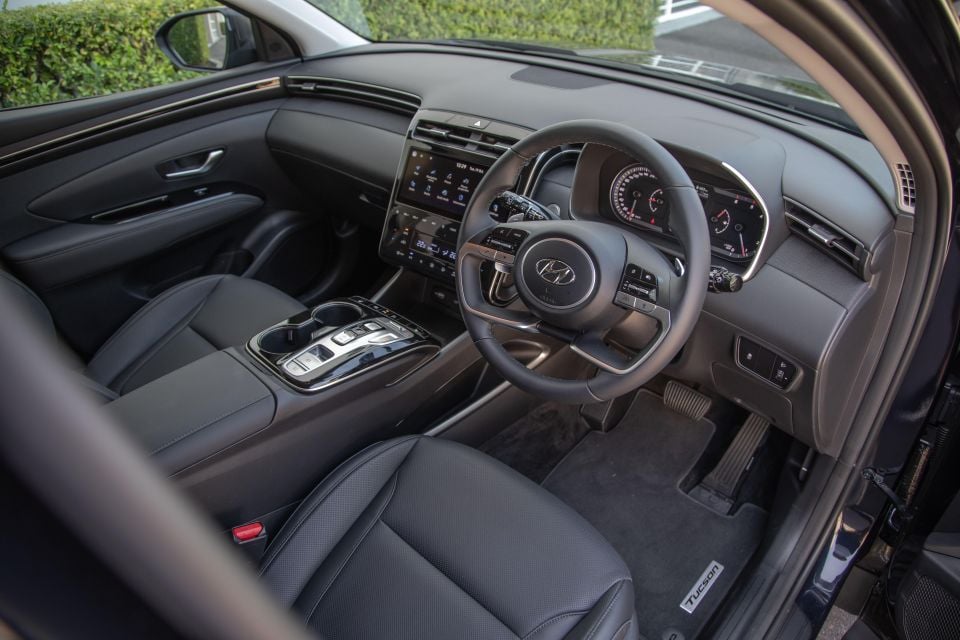
Click the images for the full gallery
Where expert car reviews meet expert car buying – CarExpert gives you trusted advice, personalised service and real savings on your next new car.


William Stopford
15 Hours Ago


Matt Campbell
23 Hours Ago


William Stopford
2 Days Ago


Josh Nevett
4 Days Ago


CarExpert.com.au
5 Days Ago


Josh Nevett
6 Days Ago